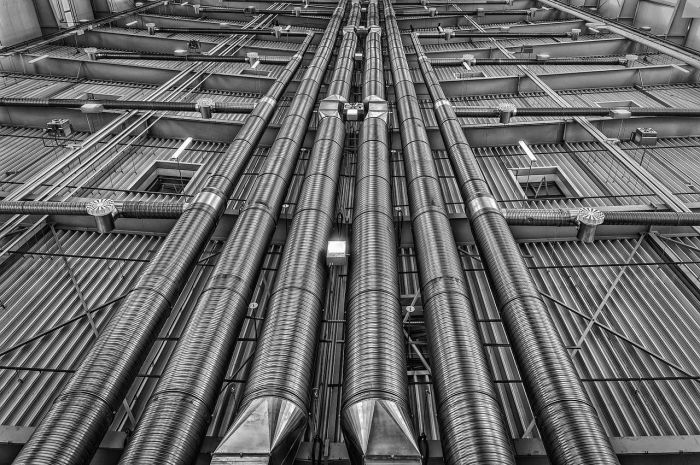Assessment of Critical Subcooled Flow Through Cracks in Large and Small Pipes Using TRACE and RELAP5
This course discusses the critical flow models used in the TRACE and RELAP5 codes.
Credit: 3 PDH
Instructor: Ramon J. Figueroa, MSME, PE, EdD
In this three hour course, the engineer will learn the critical flow models used in the TRACE and RELAP5 codes, the experimental setup and results for each of the three tests, the development of nodalization for those tests and comparisons of predicted flow rates against experimentally measured values. This report uses models to analyze flow as it maneuvers through crack geometries, specifically through piping. The analysis identifies which flow models offer the most accurate result for varying discharge coefficients and pressures. Using the various flow models, TRACE and RELAP are used to predict mass flux and discharge coefficients for a variety of cracking scenarios in order to determine which program is best suited for each condition.
Engineers who take this course will gain more familiarity with methods and tools for identifying key characteristics of critical flows. Some of these characteristics include predicting the mass flow rate and discharge coefficient for flows for various scenarios. Engineers will also explore the variation in predicting mass flux rate for critical flows when measured via the channel and junctions. Engineers taking this course also gain familiarity with various choked flow models including the Burnell model and the Henry-Fauske model. By gaining familiarity with these models and methods of flow evaluation, engineers can not only apply these to future projects, but can innovate to the methods to new fields and scenarios.
| Learning Objectives | At the end of this course, you should be able to:
|
|---|---|
| Certificate | Yes. Instant download after completing the course. |
| CEU/PDH | 0.3 CEU / 3 PDH |
| Devices | Desktop, Tablet, Mobile |
| Language | English |
Custom Tab Content
At vero eos et accusamus et iusto odio dignissimos ducimus qui blanditiis praesentium voluptatum deleniti atque corrupti quos dolores et quas molestias excepturi sint occaecati cupiditate non provident,
- Similique sunt in culpa qui officia deserunt mollitia animi.
- Nam libero tempore cum soluta nobis est.
- Itaque earum rerum hic tenetur a sapiente delectus ut aut reiciendis.
Custom Tab Content
Sed ut perspiciatis unde omnis iste natus error sit voluptatem accusantium doloremque laudantium, totam rem aperiam, eaque ipsa quae ab illo inventore veritatis et quasi architecto beatae vitae dicta sunt explicabo.
Nemo enim ipsam voluptatem quia voluptas sit aspernatur aut odit aut fugit, sed quia consequuntur magni dolores eos qui ratione voluptatem sequi nesciunt.




Validate your login
Sign In
Create New Account